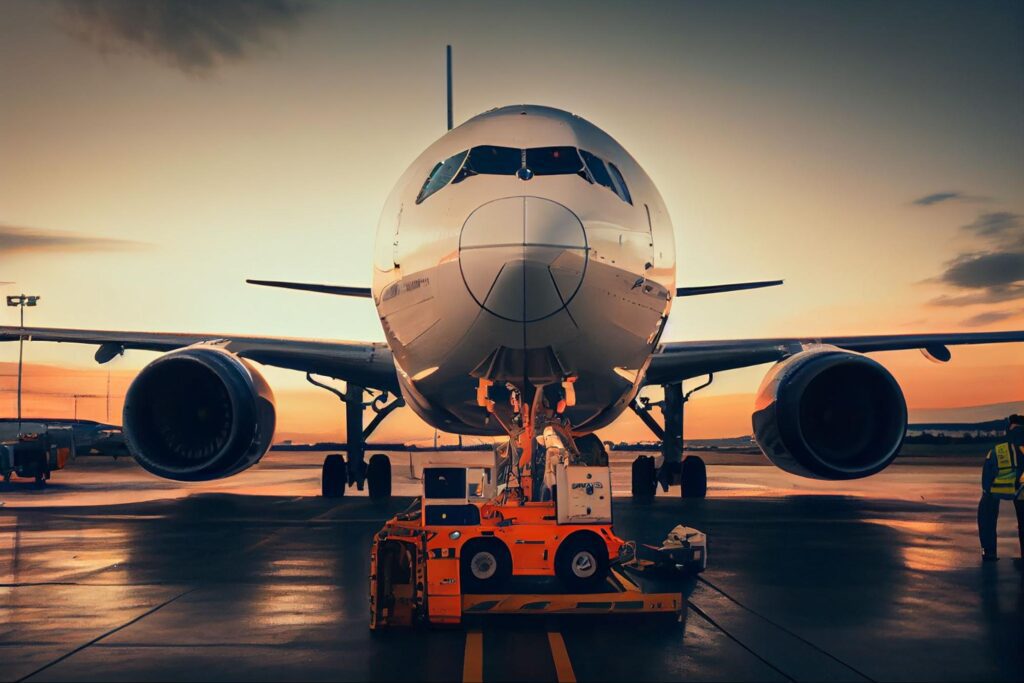The aerospace and aviation sector is buzzing with technological innovations. These advancements are reshaping the industry fundamentally. In this article, we’ll delve into the transformative role of technology in aerospace and aviation. Additionally, we’ll explore the exceptional career opportunities emerging from these changes.
1. Aerospace Visionaries:
Advanced Design Techniques: Imagine a world where aircraft designs spring from 3D models, virtual reality, and advanced computing. Today’s aerospace engineers, like technical artists, craft aircraft for enhanced safety and fuel efficiency. They also introduce groundbreaking concepts. Aspiring designers should master these advanced tools to unlock their full potential.
Automated Assembly: Robotics and artificial intelligence have revolutionized factory floors. These autonomous systems assemble aircraft components with precision and efficiency. Aerospace manufacturing professionals now collaborate with these technologies, ensuring their optimal performance.
2. Pilots and Navigators:
Digital Cockpits: Modern pilots navigate high-tech digital dashboards, a stark contrast to traditional cockpits. These advanced flight control systems require pilots and crew members to develop technological expertise.
Drone Pioneers: Drones, or unmanned aerial vehicles, have become crucial in aerospace. Drone pilots, using joystick controls, offer a unique piloting experience. There’s also a growing need for experts in drone maintenance and data analysis.
3. Aircraft Maintenance:
Proactive Issue Resolution: Aircraft maintenance now integrates sensors, data analysis, and predictive software. Maintenance crews use data-driven insights for early issue detection and resolution, keeping aircraft in top condition.
The Rise of 3D Printing: Additive manufacturing, especially 3D printing, is vital for producing spare parts. Maintenance engineers and technicians increasingly rely on these technologies for sustained airworthiness.
4. Air Traffic Innovations:
Remote Tower Operations: Remote tower operations have transformed air traffic control. Controllers managing flights remotely must be proficient in this technology and data management.
Data Analysis in Air Traffic Management: The aviation sector’s data boom requires skilled data analysts. They enhance travel safety and efficiency through data-driven insights.
5. Aviation Cybersecurity:
With the digitization of aviation systems, the need for cybersecurity experts has skyrocketed. These professionals protect critical systems and data against cyber threats.
Technology is the driving force behind the aerospace and aviation sector’s transformation. Whether your interest lies in design, piloting, maintenance, air traffic management, or cybersecurity, technology is an essential partner in your career journey. In this rapidly evolving technological landscape, embracing new skills is crucial. The aerospace and aviation industry offers a limitless horizon, where the sky is not a boundary but a gateway to endless possibilities.



